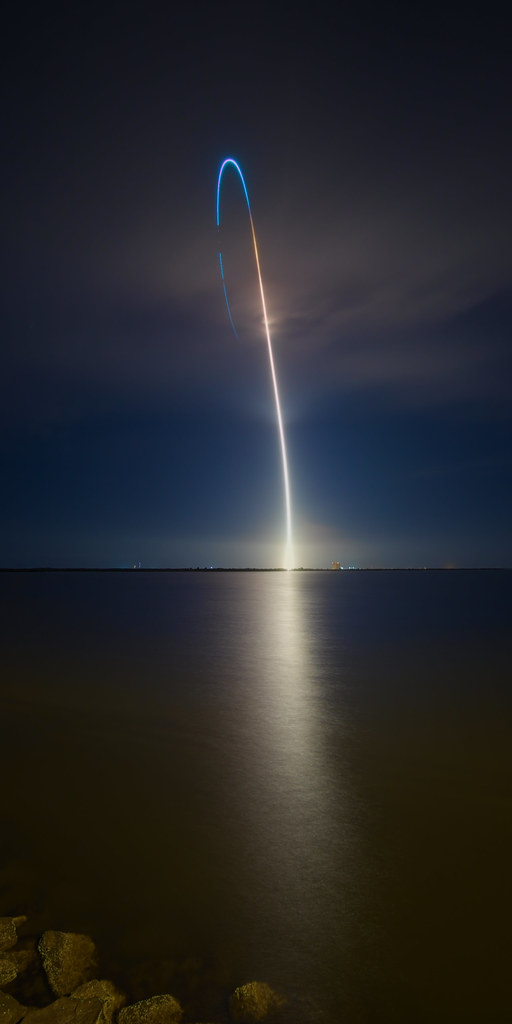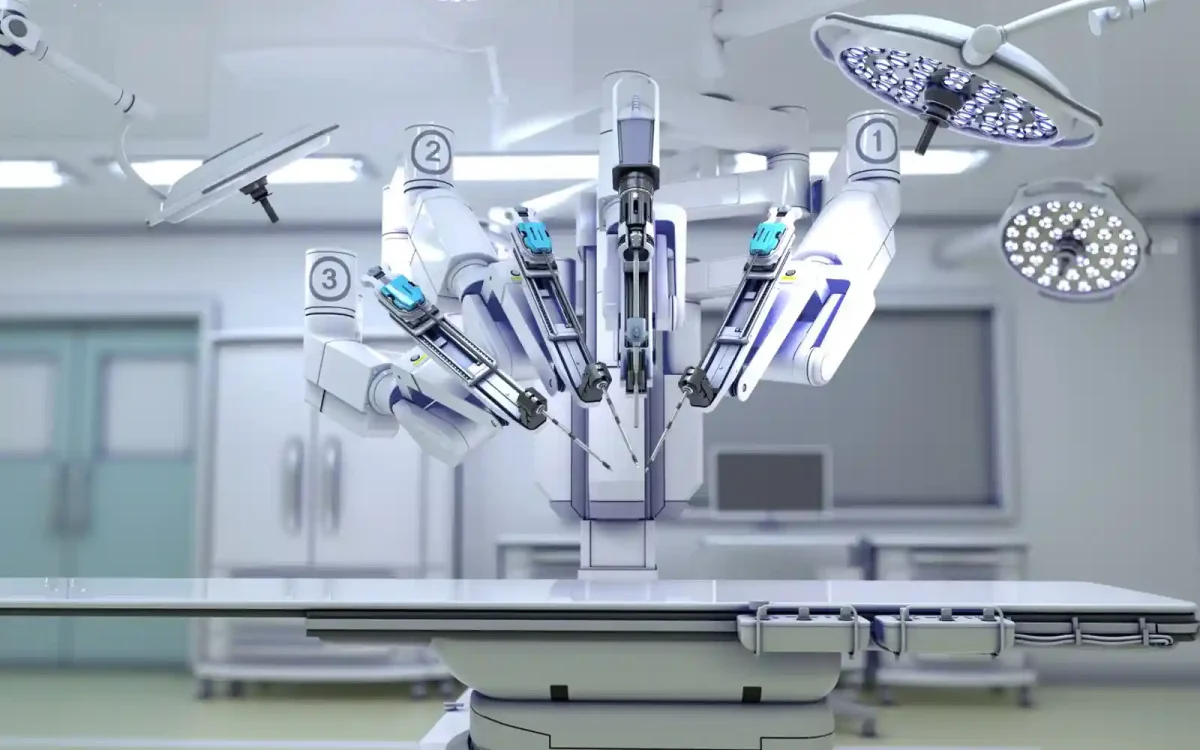In collaboration with NASA, a Pittsburgh-based company known as Astrobotic Technology launched its Peregrine lunar lander on January 8th, seeking to become the first private lander to safely reach the moon’s surface. With aspirations to gather information about the moon’s composition and release cremated human remains on the moon, this commercial space mission was set to revolutionize the space industry. However, despite the anticipation surrounding this launch, the mission unfortunately failed after only 10 days, with the spacecraft covering around half a million miles before burning up in Earth’s atmosphere.
While the launch initially appeared to be successful, after a couple of hours, the Peregrine lander began to face major setbacks in its propulsion systems. Initially, the lander experienced a propellant leak, likely due to a failed valve closure, which deprived the spacecraft of the fuel it needed to reach the moon’s surface. Additionally, the spacecraft failed to direct its solar panels toward the sun, which further exacerbated the fuel crisis. As a last resort, Astrobotic altered the lander to operate like a satellite to test out its scientific instruments, yet ultimately decided to dispose of the spacecraft.
This failed mission was an extreme disappointment for NASA’s Commercial Lunar Payload Services program which seeks to collaborate with commercial enterprises to establish more frequent and inexpensive missions to the moon. Despite this setback, Astrobotic and NASA plan to launch a larger mission later this year, where their Griffin lander will carry the $430 million Volatiles Investigating Polar Exploration Rover (VIPER) to the moon’s surface. Moreover, NASA has partnerships with other companies, such as the Houston-based Intuitive Machines, which plans to launch a robotic lunar lander as early as mid-February.
Additionally, this spike in space exploration extends beyond NASA to other programs such as Japan’s Aerospace Exploration Agency (JAXA). On Friday, January 19th, Japan became the fifth country to achieve a soft landing on the moon, as their spacecraft known as the Smart Lander for Investigating Moon (SLIM) reached the moon’s surface.
Ultimately, despite the failure of Astrobotic’s Peregrine Mission I, many more commercial space launches are expected later this year, presenting a variety of opportunities to not only expand our knowledge of the universe but to further privatize the space industry.




























